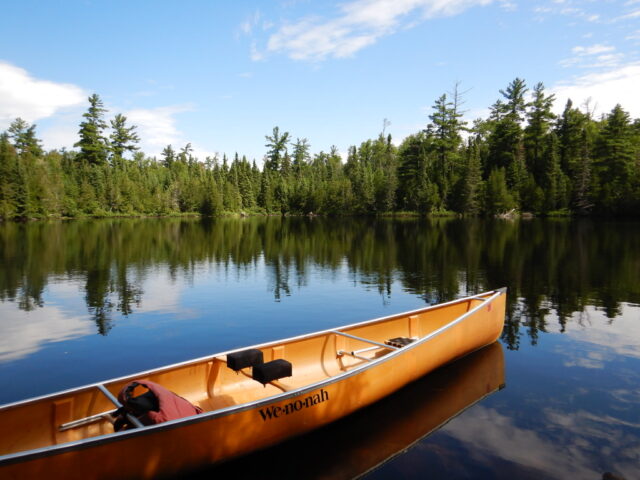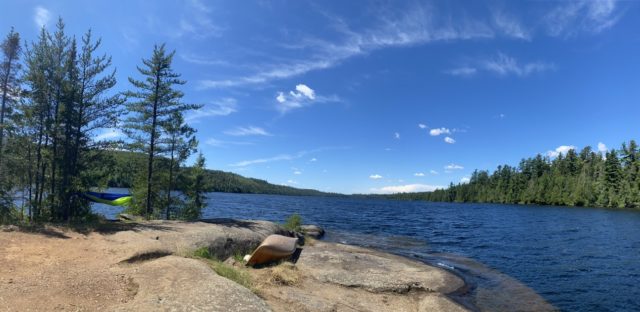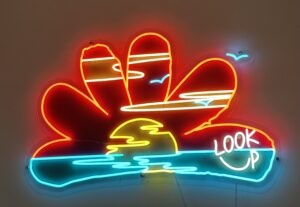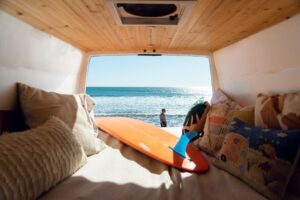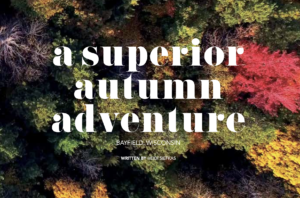Paddling, wandering, and camping can do wonders for the soul when disconnected from Wi-Fi and reconnected with nature—despite the occasional obstacles.
The pops and whistles from our campfire were the percussion section of the starry night’s playlist. The songs of loons calling their mates replaced my ever-running to-do list in my head, reminding me how much I had missed the tranquility of the Northwoods. That evening, a wooded area open on three sides with a granite rock beach was home.
I grew up in a rural Midwestern town near the Mississippi River; paddle trips were a part of childhood, coming of age, and something passed on to other generations. This week-long canoe camping trip through the Boundary Waters Canoe Area (BWCA) of Minnesota was a needed disconnect from the 24/7 news, whether fake or not. It was a respite from an endless email inbox, text dings, Fitbit step counts, and marketing cold calls at exactly the wrong time. Many pilgrimages home are done alone; however, this time I explored the pristine lakes of Northern Minnesota with my other half—or better said—the captain of our yellow canoe, which we nicknamed Yellow Fever. If you didn’t already know it, Minnesota’s unofficial state bird is the mosquito.
Over a Million Acres of Untapped Wilderness — Where to Begin?
With 1,500 miles of canoe trails and over a million acres of untapped wilderness and countless lakes, our challenge was to choose where to begin and end. To make it easy, we compromised on canoeing a loop along the historical Gunflint Trail, making our beginning also our finale. For the rest of the adventure, we would let Mother Nature, our own rhythm, and even serendipity steer our adventure. I mentioned that my other half was the captain; when it came to navigating, spotting portages, and deciding when a Plan B was necessary, however, I was the CEO of Yellow Fever.
On our first day, we left the outfitter mid-morning, not in a rush nor on a timeline. All cellphones were turned to airplane mode and placed into one of our several dry bags. We launched equipped with our tent, sleeping bags, fishing pole, rain gear, cooking stove, and a week’s worth of food, just in case we didn’t catch fresh fish along the way. As we paddled across Popular Lake, we left civilization behind us and entered the Superior National Forest. There would be no summer homes nor hunting cabins, only birch and conifer forests and thousands of miles of granite shoreline welcoming us back home to nature.
To read the rest of the story in Perceptive Travel, click here

